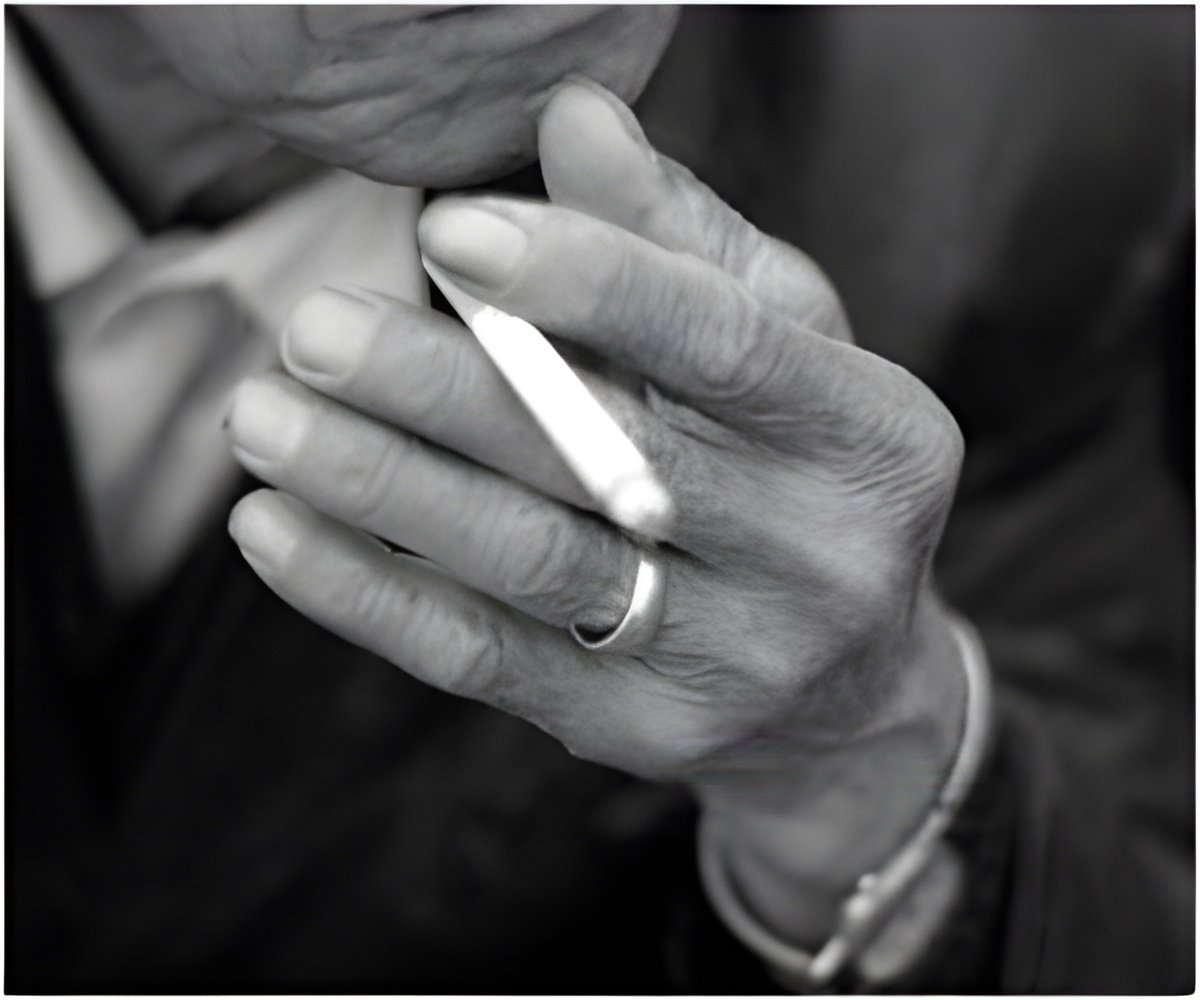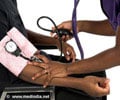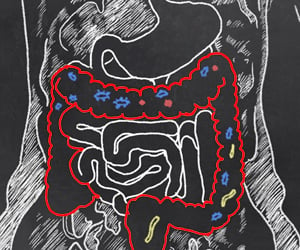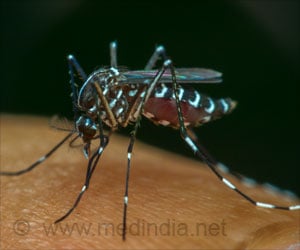Smoking, high blood pressure and cholesterol levels can prove fatal for subarachnoid haemorrhage survivors, say researchers.

The research subjects were Finns between the ages of 25 and 74, who had participated in the national FINRISK study between 1972 and 2007. Out of the total of 64,000 Finns, 437 suffered a subarachnoid haemorrhage during the research period, and 233 of them were alive when one year had passed of the episode. Follow-up continued till the end of 2009, with the median of the follow-up period being 8.6 years.
Of the 233 patients still alive after one year had passed since the subarachnoid haemorrhage, 88 (37.8%) died within the follow-up period. Mortality in this group was approximately double when compared to that of the general population, with the age and gender distribution taken into account. Examination of the causes of death revealed that the increased mortality was solely due to lethal occurrences in the blood circulation of the brain, such as strokes or internal bleeding.
The risk of mortality was particularly increased by smoking and a high cholesterol level and high systolic blood pressure already found before the subarachnoid haemorrhage.
"When comparing the continued mortality of SAH survivors to the general population that did not smoke and had low blood pressure and low cholesterol levels, the risk of mortality showed an increase of 31 persons per thousand person-years", Korja says.
"In other words, if 20 out of 100 non-smokers with low blood pressure and cholesterol would die within the next 10 years, the figure for SAH survivors would be 51."
Advertisement
The researchers state that considerably more attention should be paid to risk factors in the life of SAH survivors.
Advertisement
Finnish researchers already showed in a previous study, based on the most extensive twin data in the world, that the primary reasons behind SAH are related to the patient's way of life, not individual genes that may predispose people to the illness.
"Changes in the way of life may reduce both the occurrence of SAH as well as the mortality of patients who have recovered from it," Kaprio says emphatically.
Source-Eurekalert










